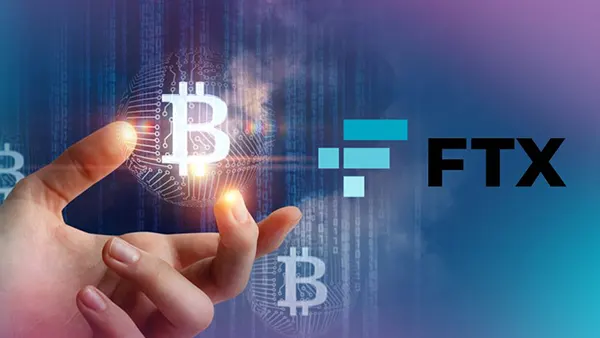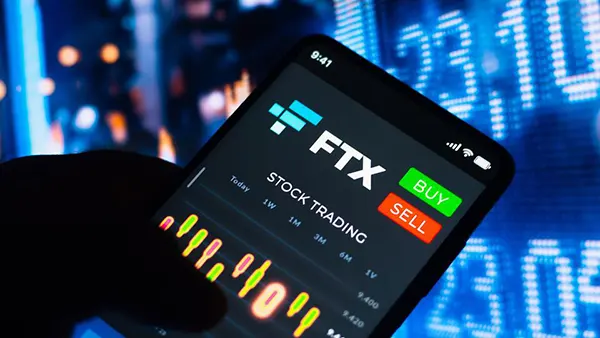
FTX and the Future of Relaunching Crypto Exchanges
The collapse of FTX in 2022 became a turning point for the cryptocurrency industry. As of 2025, discussions about a possible return of FTX or other relaunching exchanges continue to raise debate. The key issue remains whether such projects can truly restore trust and comply with stricter regulations. Analysing these aspects allows us to understand both the opportunities and the challenges that lie ahead.
Regulatory Environment in 2025
Since the fall of FTX, global regulators have reinforced their positions on digital assets. The United States increased enforcement through the Securities and Exchange Commission (SEC), requiring stronger compliance from exchanges. In Europe, the Markets in Crypto-Assets Regulation (MiCA), effective since 2024, introduced harmonised rules across all EU countries. These changes have created a new framework of accountability.
For any revival, securing licences is not optional but mandatory. FTX or similar exchanges must pass independent audits, prove reserves transparently, and align with the new regulations. Without this, even a technically advanced project cannot operate legitimately in major markets.
Another notable update is the requirement for asset segregation. Customer deposits must now be held separately from company funds. This reform addresses one of the critical issues behind the FTX collapse, where mismanagement of client assets became a central factor.
Challenges of Building Trust
The hardest task for a potential FTX revival is restoring trust. Billions of dollars were lost, and many investors remain sceptical about centralised exchanges. Any new entity would need to publish verifiable proof of solvency and undergo frequent third-party audits to prove credibility.
Public perception is equally important. Even if regulators approve the relaunch, users may hesitate due to the association with previous failures. Restoring brand value could take years and would require transparent communication and active engagement with the community.
Ultimately, trust cannot be rebuilt through regulation alone. It requires consistent reliability in daily operations, fast customer support, and a clear demonstration that lessons from the past have been implemented into the business model.
Comparison with Competitors
By 2025, the crypto exchange landscape has become far more competitive. Binance remains dominant, though heavily scrutinised by regulators, while Coinbase has expanded significantly under strict compliance in the United States and Europe. Smaller players like Kraken and Bitstamp have positioned themselves as safe and transparent options.
If FTX attempts a relaunch, it will enter a market where established exchanges already offer high security, wide liquidity, and compliance guarantees. Competing with them will demand more than technical innovation; it will require long-term credibility and market partnerships.
Additionally, decentralised exchanges (DEXs) have gained traction. Many traders now prefer on-chain solutions that do not depend on centralised custody. This shift reduces the space for centralised platforms to operate unless they provide unmatched usability or integration with traditional finance.
Hidden Risks of Relaunch Projects
One of the most significant risks is underestimating market sentiment. Even with improved security, the stigma attached to failed exchanges can limit user adoption. A rebranded FTX would constantly face scrutiny over its management and financial stability.
There is also the danger of regulatory unpredictability. Governments may impose additional restrictions on exchanges with previous scandals, leading to operational barriers or limited market access. For investors, this creates uncertainty about long-term sustainability.
Technical risks should not be ignored either. Cybersecurity threats remain a primary concern, and any breach in a relaunched exchange could permanently destroy its credibility. Competitors will highlight every misstep, making the margin for error extremely small.

Future Prospects of Relaunched Exchanges
Despite the risks, the idea of relaunching an exchange is not impossible. If FTX or similar projects can demonstrate solid governance, financial transparency, and regulatory compliance, they may carve out a niche in the market. Success will depend on whether users perceive real value beyond existing alternatives.
One possible advantage is innovation in user services. A revived exchange could integrate tokenised assets, enhanced staking solutions, or advanced risk-management tools. By offering something unique, it could differentiate itself from competitors and attract a specialised audience.
However, the long-term perspective suggests that only exchanges that fully align with global regulatory standards will survive. Market trust in 2025 is built not on rapid growth but on proven responsibility, resilience, and compliance.
Will Users Return?
For many traders, the decision will be based on a risk-reward calculation. If a relaunched FTX can guarantee security and liquidity while offering competitive fees, some users may return. Yet large institutions, which are now heavily involved in crypto, are likely to remain cautious.
Community engagement could play a decisive role. Transparent governance models, regular reporting, and open communication may convince retail users to give the project another chance. However, rebuilding institutional confidence will be significantly more difficult.
Ultimately, the success of any relaunch depends on a balance of regulation, transparency, and innovation. Without these, even the strongest brand cannot sustain itself in the modern crypto market.
